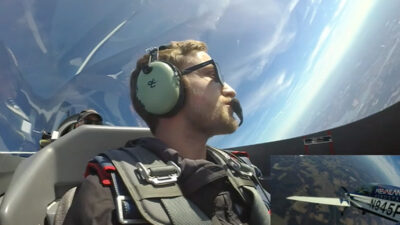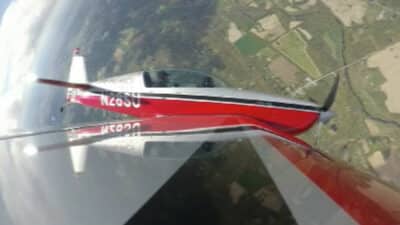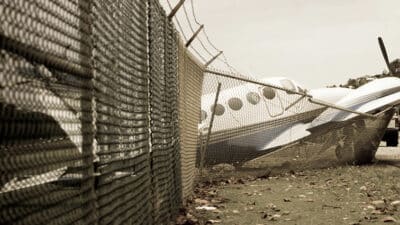Safety Training - SM4 Safety Articles & Resources

The Denominator Is not Common
When was the last time you identified the “goods” and “others” of any given event to improve efficiency and effectiveness? If it’s been a while, bring these words back into your daily routine. There is merit in shared experiences and the refinement of small nuances to create significant value. No organization or person in it is perfect.

Seeing Is Believing: How Cognitive Bias Impacts Safety Decision-Making
Take a look at the image below. A long-lost Picasso? A ceremonial mask from an aboriginal jungle tribe? Nope. This is a close-up photo of part of Jupiter taken by the NASA Juno spacecraft on 7 September 2023.

Passenger Pressure
The vast quantity of knowledge that must be stuffed into a pilot’s head is just one reason only 0.2% of the U.S. population has at least a Private Pilot Certificate. As the ratings grow, the percentages decrease even further. There are a variety of reasons the pilot population is small and dwindling. Having the self-discipline to get all that knowledge into one brain through study, training and experience is daunting and costly. However, once you get paid to fly, it’s all worth it.

Got eVTOL?
Electric vertical take-off and landing (eVTOL) vehicles bring out the very best futuristic, gravity-defying and green versions of us all. The idea is not entirely new, offering vertical movement with lateral mobility and making the concept of a runway almost trivial.

Aviation Emergency Response Training Explained
Emergency Response Plans (ERPs), however, are much more infrequently used in most organizations. When an abnormal situation disrupts your operation, is your team versed in their roles? Are they prepared to handle the emergency? Do they know what their responsibilities are?

Emergency Response as Applied Leadership
The task of responding to an emergency is a daunting one. The organization has already experienced harm or a severe threat to its personnel, equipment and reputation because of the emergency, and a poorly run response can bring further damage to one or all those areas. Confronted with this pressure, the sense of urgency inherent with emergencies and an onslaught of new and rapidly changing information, nerves tend to run high, and acuity drops significantly.

Safe Flights—It Takes All of Us!
Aviation safety is crucial to safeguarding human lives and preserving public trust in air travel. There are many factors and components of aviation safety. Human factors, aircraft design, maintenance, air traffic management, operational procedures, regulations, training and education, to name a few.

What Would Marcus Aurelius Do?
In a recent discussion with an experienced pilot about this, he immediately gave his biggest concern. “It’s not just about pilots or air traffic controllers, everybody is new,” he said. From maintenance personnel to ground support, thousands of new entries into our industry are learning as they go and making simple mistakes along the way. It has always been this way with inexperienced people, but now we have a lot more of them.

Strategies for Reducing a Concerning Trend in Runway Excursions
Over a four-year period ending in 2010, there were 20 runway excursions at Jackson Hole, WY (KJAC). As a result of this uptick in excursions, the Federal Aviation Administration (FAA) published Safety Alert for Operators (SAFO) 11011. A combination of the heightened awareness created by the SAFO and the Jackson Hole airport and operators adopting many of the recommendations successfully has mitigated excursions over the last 12 years.
